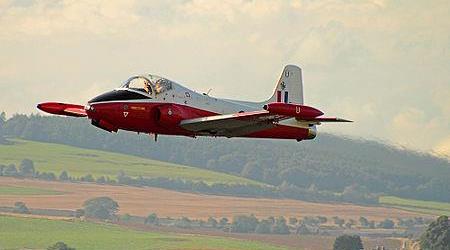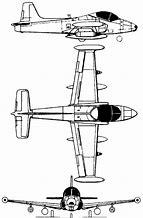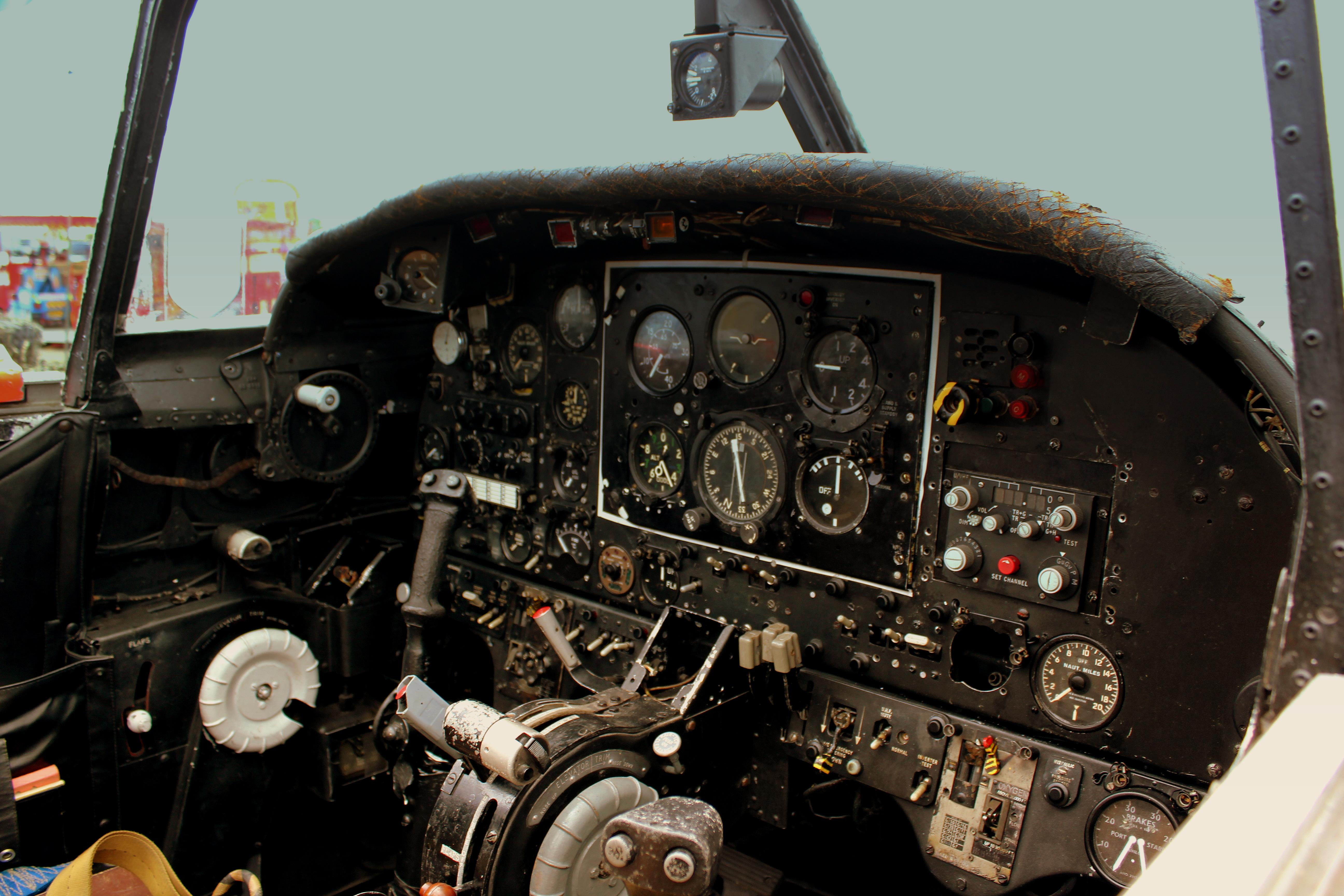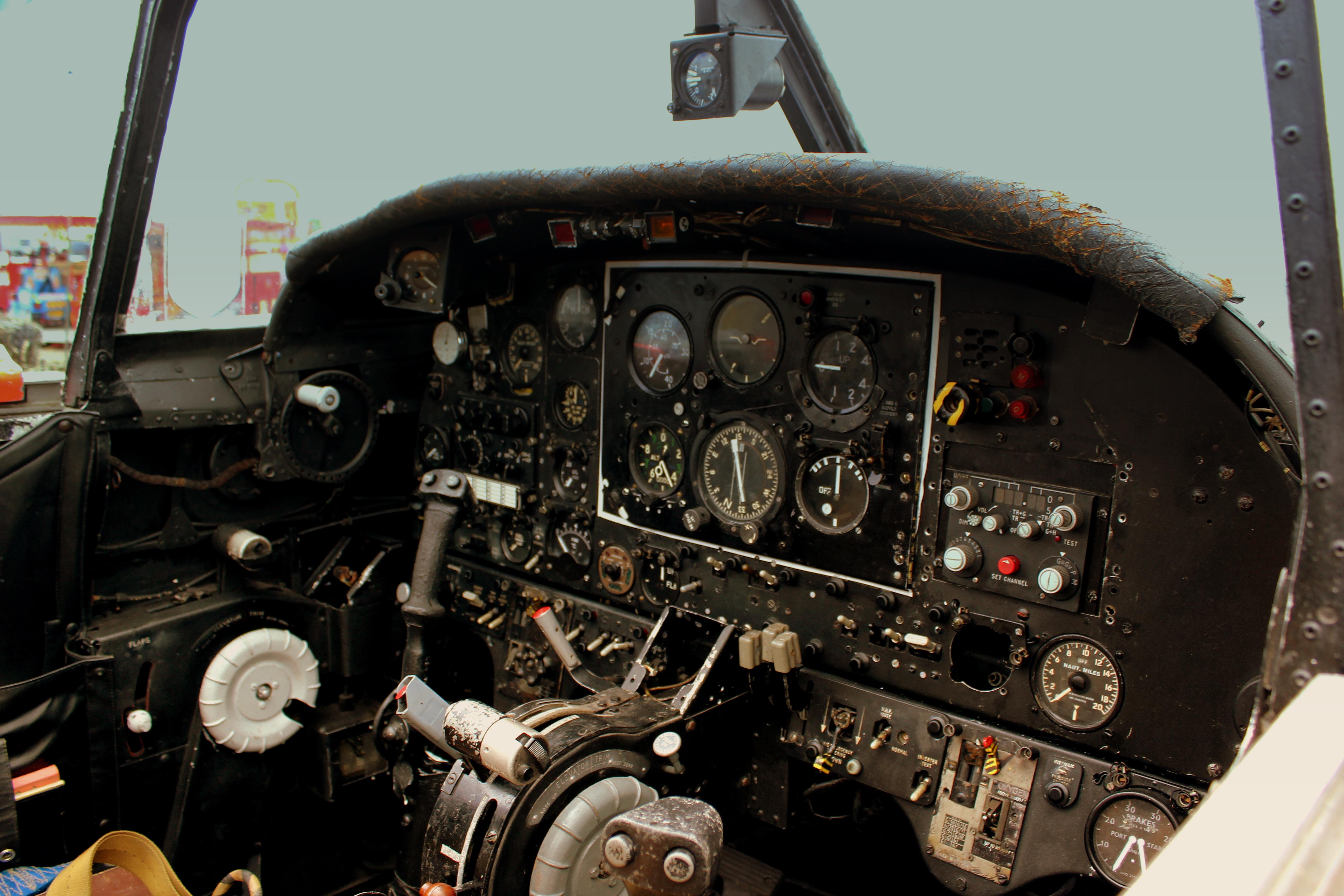S'sonic
Stealth
Menu
A free template by Lucknowwebs.com for WYSIWYG WebBuilder 8
Powered by Sispro1-S
Nigel G Wilcox
Paragon Of Space Publication
© Copyright Reserved - United Kingdom
Ideal Screen Composition 1024 x 768
SITEMAP
PSEUDO SCIENCE
SCIENCE RESEARCH
ABOUT
Desk
Supersonic
Stealth
Study
Menu
MAIN INDEX
Fastest Air Planes
Space
Transport
Menu
BAC Jet Provost
Maximum speed: 708.10 km/h (439.99 mph), Maiden flight: 26 Jun 1954, Length: 33.99 ft, Wingspan: 35.33 ft, Retired: 1993, Introduced: 1955
The BAC Jet Provost is a British jet trainer that was in use with the Royal Air Force from 1955 to 1993. It was originally developed by Hunting Percival from the earlier piston engine-powered Percival Provost basic trainer, and later produced by the British Aircraft Corporation. In addition to the multiple orders that were placed for the RAF, the Jet Provost also attained several export deals with overseas operators, resulting in the type serving in many air forces worldwide. The design was also further developed into a more heavily armed variant for ground attack mission, which was marketed as the BAC Strikemaster.
Role: Military trainer aircraft
First flight: 26 June 1954
Introduction: 1955
Retired: 1993
Status: mostly retired, some examples flown privately
Primary user: Royal Air Force
Produced: 1958-1967
Number built: 734
Developed from: Percival Provost
Variants: BAC Strikemaster
General characteristics
Crew: Two
Length: 34 ft 0 in (10.36 m)
Wingspan: 35 ft 4 in (10.77 m)
Height: 10 ft 2 in (3.10 m)
Wing area: 213.7 sqft (19.80 m²)
Empty weight: 4,888 lb [40] (2,222 kg)
Loaded weight: 6,989 lb (3,170 kg)
Max. takeoff weight: 9,200 lb (4,173 kg)
Powerplant: One × Armstrong Siddeley Viper Mk-102 / Armstrong Siddeley Viper Mk-202 turbojet, 1,700 lbf / 2,500 lbf (8.1 kN / 11.1 kN) each
Performance
Maximum speed: 440 mph (382 knots, 708 km/h) at 25,000 ft (7,620 m)
Range: 900 mi [41] (780 NM, 1,450 km)
Service ceiling: 36,750 ft (11,200 m)
Rate of climb: 4,000 ft/min (20.3 m/s)
Wing loading: 32.7 lb/ft² (160 kg/m²)
Armament
Guns: 2× 0.303 in (7.7 mm) machine guns (Mark 55)
Rockets:
6× 60 lb (27 kg) or
12× 25 lb (11 kg) or
28x 68 mm SNEB rockets in four pods
Bombs:
4× 540 lb (245 kg)
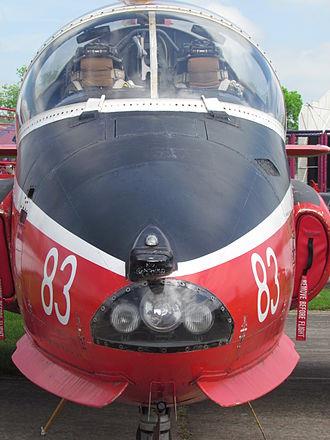
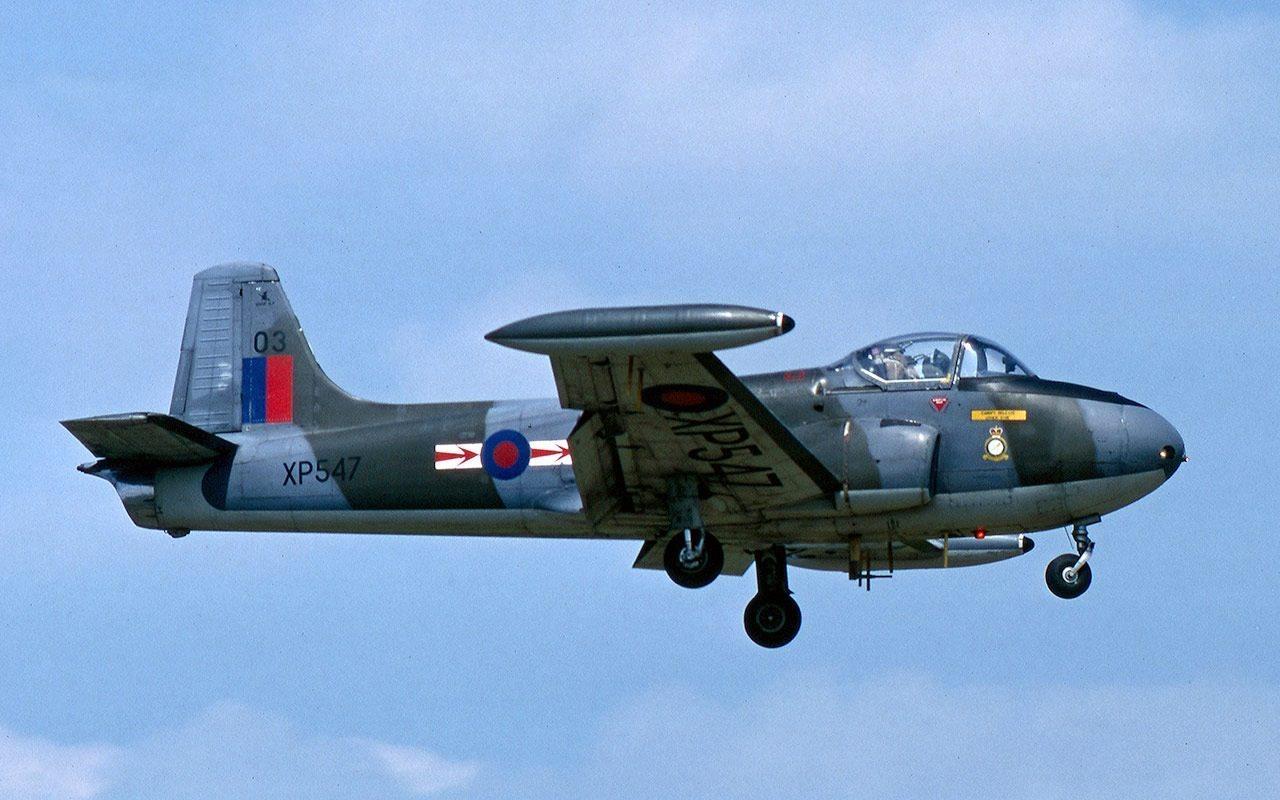
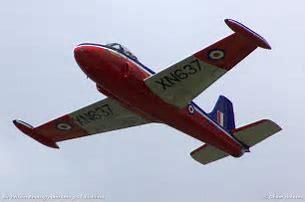
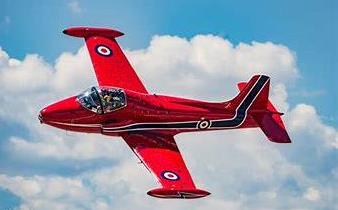
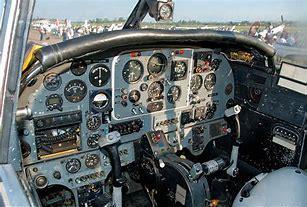
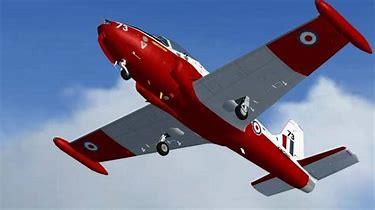
During the mid-1950’s, Britain’s Royal Air Force utilized converted front line jets for training purposes. The Hunting Percival Company felt it could tap into this market with an inexpensive two-seat (side-by-side) jet-powered version of its successful Provost piston engine aircraft. The RAF was impressed by the Jet Provost’s handling and seating configuration; after a four year comparative trial period of the T Mk 1s, 201 Jet Provost T Mk 3s were ordered in 1959 with Martin-Baker ejection seats, tip tanks, upgraded avionics and a clear canopy.
Later manufactured by the British Aircraft Corporation, another 308 planes were delivered through 1967, a third of which were the T Mk 4, with 750 pounds more thrust. Another third were built as the T Mk 5 version with pressurized cockpit, new windscreen, sliding canopy and longer nose.
The Jet Provost design was later developed into the popular and capable BAC Model 167 Strikemaster light attack jet, but even the Jet Provost was to be armed with two machine guns on the export versions of the aircraft, the T.Mk51, T.Mk52 and T.Mk 55.
With a top speed of 440 mph, excellent maneuverability, mechanical reliability and low operating costs, the Jet Provost was an outstanding example of its type. Retired from the military, the Jet Provost is now a popular and inexpensive jet for warbird enthusiasts in England, the Netherlands, Australia and the USA.
Hunting Percival designed the Jet Provost as a private venture in the hope that it would be considered by the Air Ministry as a replacement for it's piston-engined Percival Provost. At the time trainee pilots had to make this difficult transition from the piston-engined Provost to the jet powered Vampire. In March 1953 an order was placed for ten Jet Provost's known as T.1's. The prototype XD674 first flew on 16th June 1954 and along with the other nine entered trials during 1955. In early 1957 it was announced that the Jet Provost would be standardized throughout Training Command using an improved version, the T.3.
The first T.3 XM346 made it's first flight on 22nd June 1958 and entered service with 2FTS at Syerton in June 1959, the year that saw Hunting merging with other companies to form the British Aircraft Corporation (BAC). 200 Jet Provost T.3's were built.
Powered by the 2,500lb thrust Viper ASV11 the Jet Provost T.4 made it first flight on 15th July 1960 and entered service in November 1961. When production ended in mid-1964 185 T.4's had been built. The successor to the T.4 was the T.5. The T.5 had a pressurised cockpit allowing high-altitude training over 25,000ft to take place. It made its maiden flight on 28th February 1967 (XS230). A total of 110 Jet Provost T.5's were built, the first production aircraft (XW287) entering service at Little Rissington on 3rd September 1969.
Besides service with the RAF, the Jet Provost found success in export markets. A single Jet Provost T2 was exported to Australia and was operated by the Royal Australian Air Force (RAAF) to evaluate the type for the purpose of providing 'all-through' jet-based training. Following a six-month evaluation period, the RAAF ultimately decided to retain the de Havilland Vampire to fulfill its requirements for a jet-powered trainer, and later replaced its Vampires with the Italian-built Aermacchi MB-326 during the late 1960s instead. The sole aircraft itself was retained, being presented to the Sydney Technical College for use as an instructional airframe, and was later preserved.
The Jet Provost was withdrawn from RAF service during the early 1990s, having been replaced by the newer turboprop-powered Short Tucano. The Jet Provost remains popular among private operators and enthusiasts; being an inexpensive jet, many have been acquired and maintained in a flightworthy condition by collectors and private individuals. Some are flown at airshows, whilst roughly equal numbers are maintained in ground-runnable condition at various locations, many of these being in the United Kingdom.
